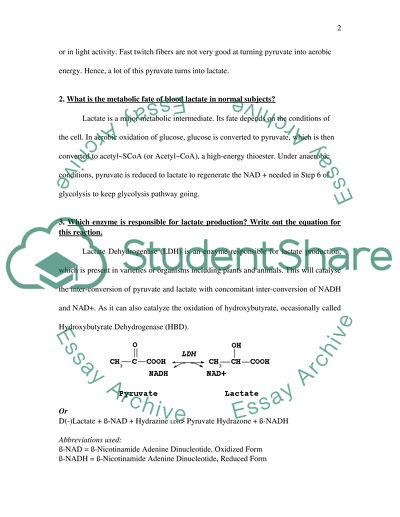Cite this document
(“Lactate & Enzymes Essay Example | Topics and Well Written Essays - 1750 words”, n.d.)
Lactate & Enzymes Essay Example | Topics and Well Written Essays - 1750 words. Retrieved from https://studentshare.org/science/1532658-lactate-enzymes
Lactate & Enzymes Essay Example | Topics and Well Written Essays - 1750 words. Retrieved from https://studentshare.org/science/1532658-lactate-enzymes
(Lactate & Enzymes Essay Example | Topics and Well Written Essays - 1750 Words)
Lactate & Enzymes Essay Example | Topics and Well Written Essays - 1750 Words. https://studentshare.org/science/1532658-lactate-enzymes.
Lactate & Enzymes Essay Example | Topics and Well Written Essays - 1750 Words. https://studentshare.org/science/1532658-lactate-enzymes.
“Lactate & Enzymes Essay Example | Topics and Well Written Essays - 1750 Words”, n.d. https://studentshare.org/science/1532658-lactate-enzymes.


